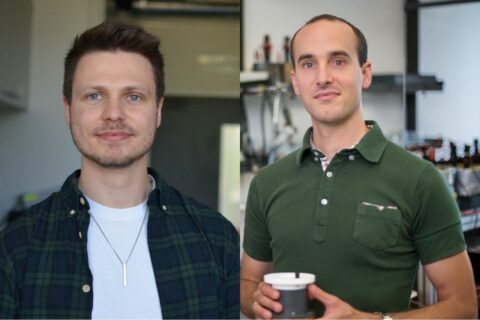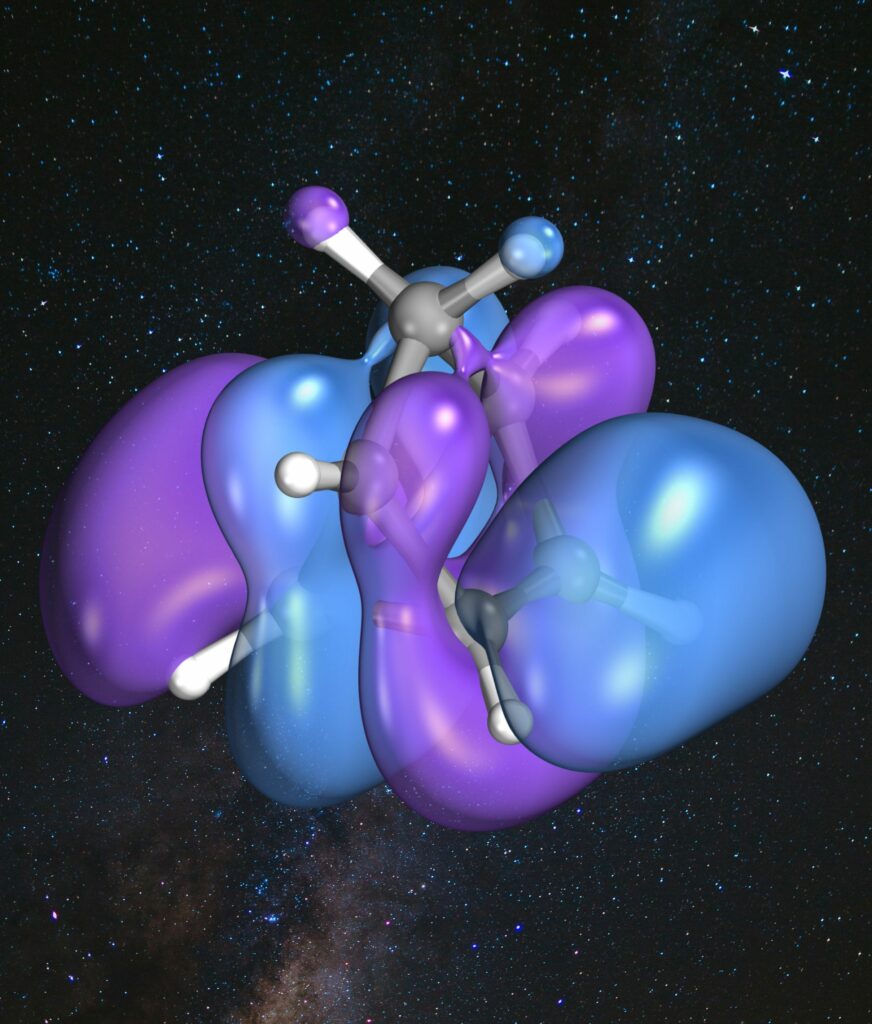Molecule as supplier and energy storage solution for solar energy

FAU chemists conduct research into novel approach of using an organic module for storing solar energy
Until now, the generation and storage of electricity from solar energy has been dependent on various devices, leading to conversion losses. That may change soon: chemists at Friedrich-Alexander-Universität Erlangen-Nürnberg (FAU) and other research institutes in Germany, Australia, the United Kingdom, Italy, Sweden and the USA are conducting research into a hydrocarbon molecule that can either convert sunlight into electricity or save the energy for a long time in a chemical form. This could pave the way for entirely new organic solar modules. The fundamentals for conversion and storage using the molecule have now been published in the journal “Nature Chemistry”.

Hopes remain high that solar energy will be a major driver of the energy transformation. However, as sunlight is a highly volatile source of energy, a solution must be found for storing energy efficiently. “Until now, we have transferred electricity from solar modules that is not consumed immediately into a battery, where it can be used as and when required,” explains Prof. Dr. Julien Bachmann, Chair of Chemistry of Thin Film Materials (CTFM) at FAU. “By repeatedly changing between chemical and electrical energy, at least 30 per cent of the original converted energy is lost during this battery storage process.”
Together with Michael Bosch, a doctoral candidate at the Chair CTFM, Bachmann hopes to coax a new property from a known material, making it either converting sunlight to electrical energy or storing the energy, depending on requirements. The material in question is norbornadiene, a hydrocarbon isomer consisting of two molecule rings. If norbornadiene is exposed to ultraviolet light, a partial reorganization of the atomic bonds leads to it converting to the similarly structured but more highly strained quadricyclane. “The conversion process is already known, however, research has focused until now on recovering the stored energy in the form of heat,” explains Bachmann. “Our new approach involves controlling the process to allow the stored energy to be made available as electricity as well, even after months have passed.”
Scientists still do not fully understand the physical-chemical mechanisms behind the transitions between the isomers. Researchers from Australia, the United Kingdom, Italy, Sweden and the USA are working together with colleagues from FAU to gain a better understanding of the process by using photoelectron spectroscopy. Bachmann: “The more we know about the dynamics of photo- und electrochemical transformation, the better we can modify the design of the molecule to suit the desired functions.” The aim of future research is, for example, not only to use ultraviolet excitation, but also a wide spectrum of sunlight for electron excitation. “There is a lot of potential,” explains Julien Bachmann. “The pure energy density of the norbornadiene-quadricyclane system is comparable to a lithium-ion battery.”
If researchers succeed in reliably controlling the reversible norbornadiene-quadricyclane conversion, this would not only lead to an efficient solar module that is also suitable for storing electricity. The organic hydrocarbon-based material would also be cost-effective to produce, would not require rare metals and would be easy to dispose of or recycle in an environmentally friendly way at the end of its lifecycle.
Read the paper “Ultrafast electronic relaxation pathways of the molecular photoswitch quadricyclane”Further information:
Prof. Dr. Julien Bachmann
Chair of Chemistry of Thin Film Materials
Phone: + 49 9131 85 70551